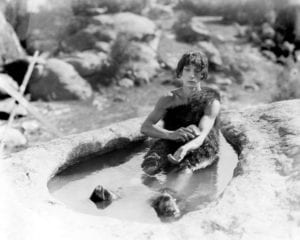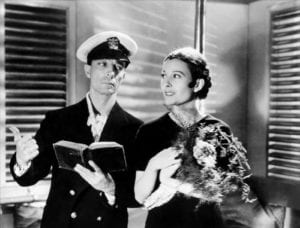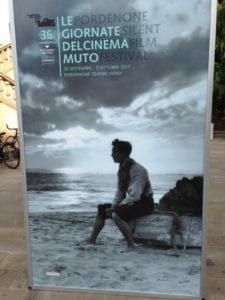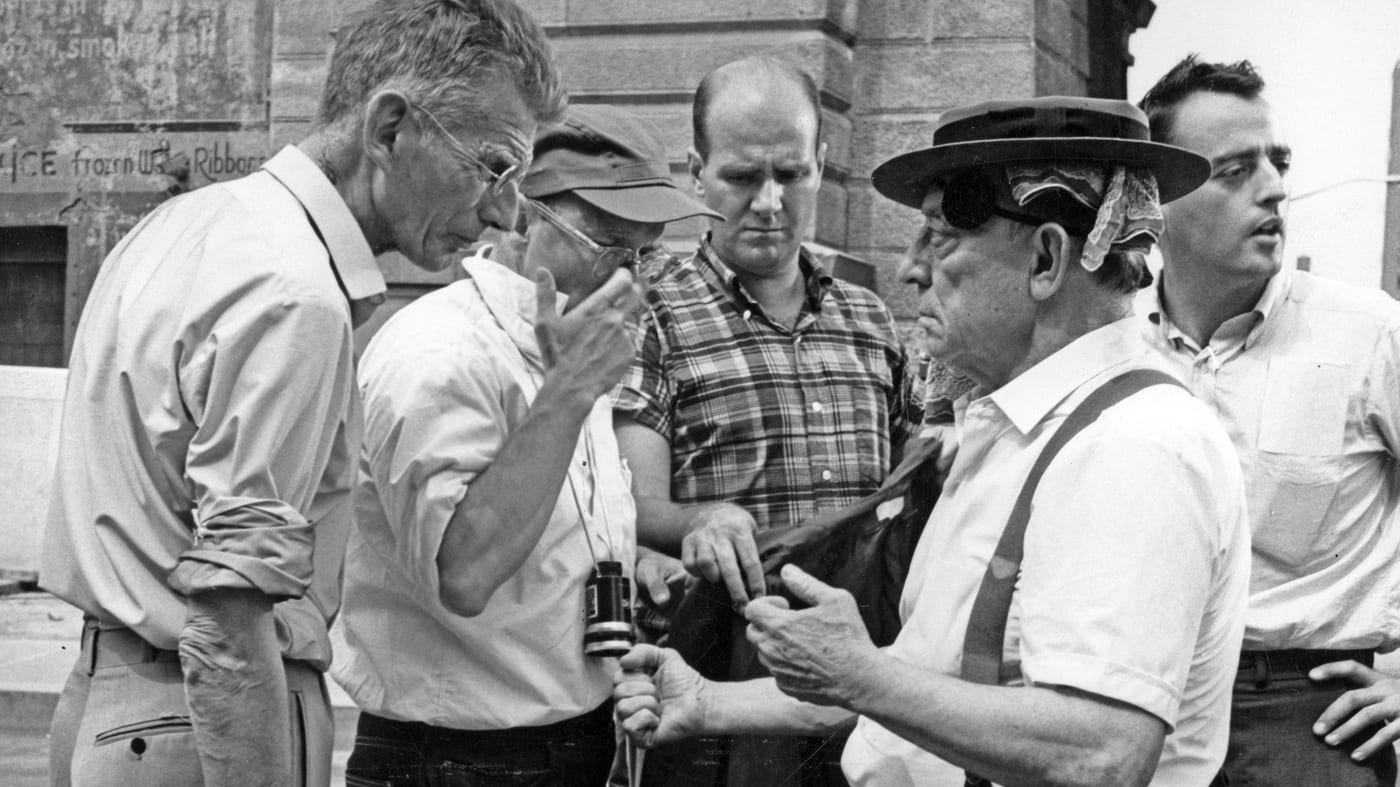THREE AGES (1923) Directed by Buster Keaton USA 63 mins U Three Ages is the first feature-length film that Buster Keaton wrote, directed, produced and starred. The film contains three different stories set in three different time periods of human history: the Stone Age, ancient Rome, and modern times (the Jazz Age). The film was … Read more
Buster Keaton
SO FUNNY IT HURT: BUSTER KEATON AND MGM (2004) Directed by Kevin Brownlow UK 38 mins U Buster Keaton is currently the most popular comedian of the silent era. But in the late 20s, he was giving anxiety to his producer, Joseph M. Schenck. Schenck decided that since his releases for United Artists were not as … Read more
SPITE MARRIAGE (1929) Directed by Edward Sedgwick and Buster Keaton USA 76 mins PG Spite Marriage is the tale of a tailor who is madly in love with an actress… so in love, that he’s gone to see her play countless times! He is given the chance to marry the woman of his dreams, but … Read more
Pordenone Diaries – Day 1 Some of the Slapstick team have just returned from an amazing weekend in Italy and Le Giornate Del Cinema Muto, which is currently running there until Saturday. For those that don’t know, this is an international festival of silent film held annually in Pordenone, Italy. We spent the weekend immersed … Read more
Keaton/Beckett Wow! It’s been a freezing start to January in Bristol. What’s amazing about January? Hopefully, you are reading this post as a festival fan! It’s now less than two weeks until Slapstick Festival 2017! There is such a great line-up of events this year. Make sure to check out the programme! I thought I’d … Read more
Buster Keaton’s Seven Chances (1925) Performed with new score at the Slapstick Festival Gala! Accompanied by the Bristol Ensemble who will be performing the word premiere of a newly commissioned score written and conducted by Guenter A. Buchwald, Seven Chances (1925), one of Buster’s greatest onscreen accomplishments, will lead the celebration of silent comedy on … Read more





